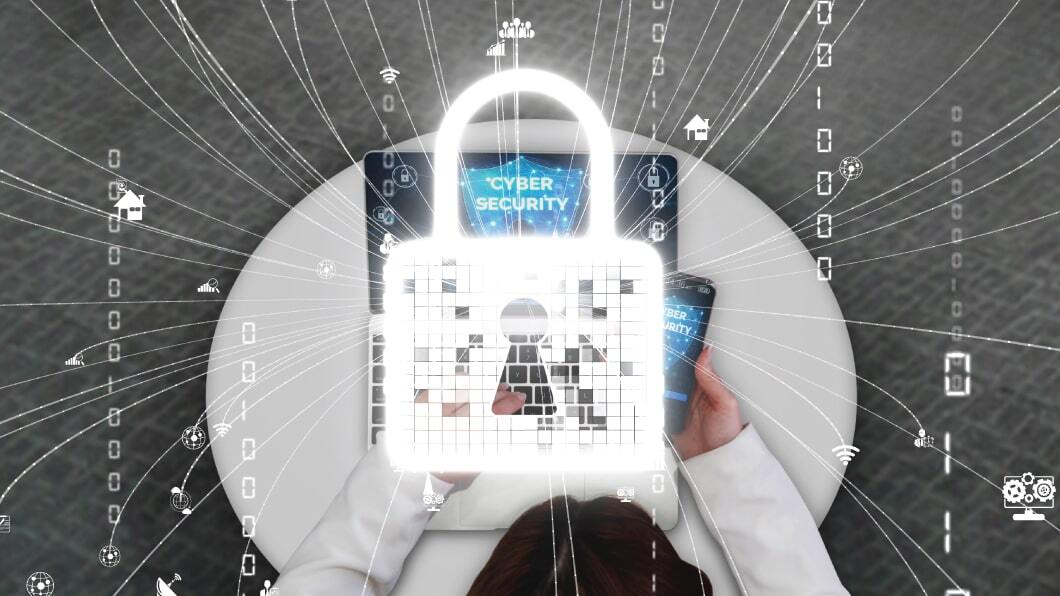
Cybersecurity Measures for Protecting Digital Assets
Introduction
In today’s digital landscape, cybersecurity is of utmost importance to safeguard valuable digital assets from unauthorized access, theft, and malicious activities. Organizations and individuals must implement robust cybersecurity measures to protect their sensitive data, financial information, intellectual property, and other digital assets. In this article, we will explore essential cybersecurity measures that can help ensure the security and integrity of digital assets.
Strong Passwords and Multi-Factor Authentication (MFA)
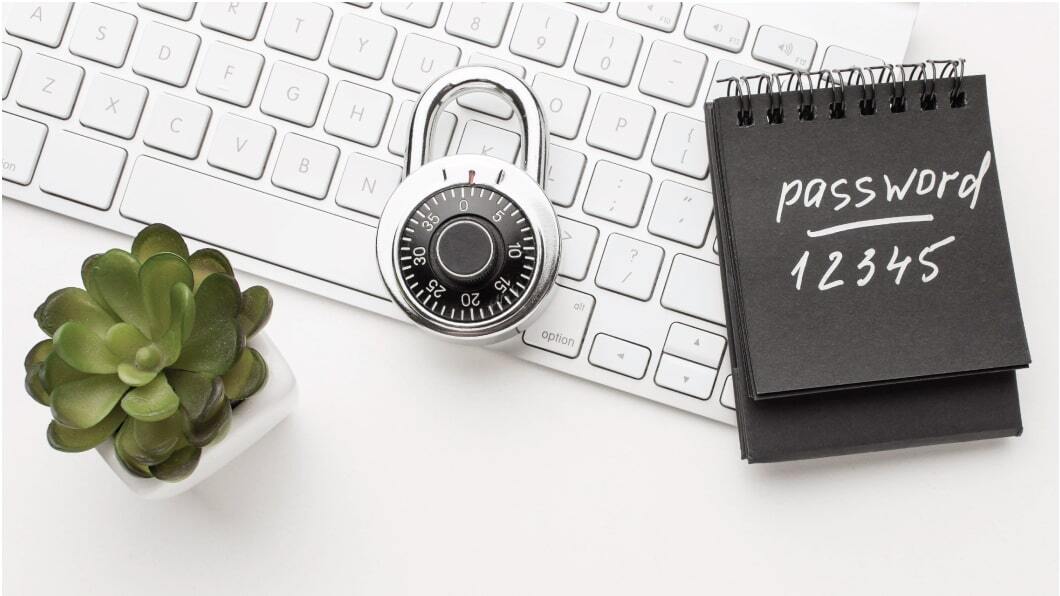
Creating strong, unique passwords and enabling multi-factor authentication adds an extra layer of security to digital assets. Strong passwords should be lengthy, include a combination of letters, numbers, and special characters, and avoid using easily guessable information. MFA requires users to provide an additional form of verification, such as a code sent to a mobile device, along with their password, significantly reducing the risk of unauthorized access.
Regular Software Updates and Patching
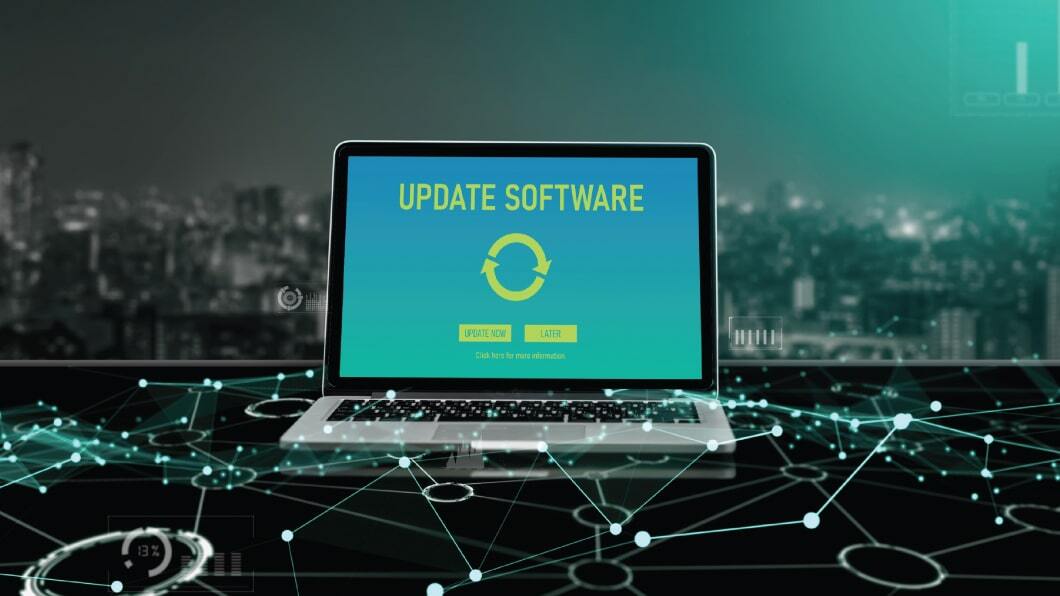
Keeping software, operating systems, and applications up to date is critical for cybersecurity. Software updates often include security patches that address vulnerabilities and weaknesses that can be exploited by attackers. Regularly applying these updates ensures that digital assets are protected from known security risks.
Firewalls and Intrusion Detection Systems (IDS)
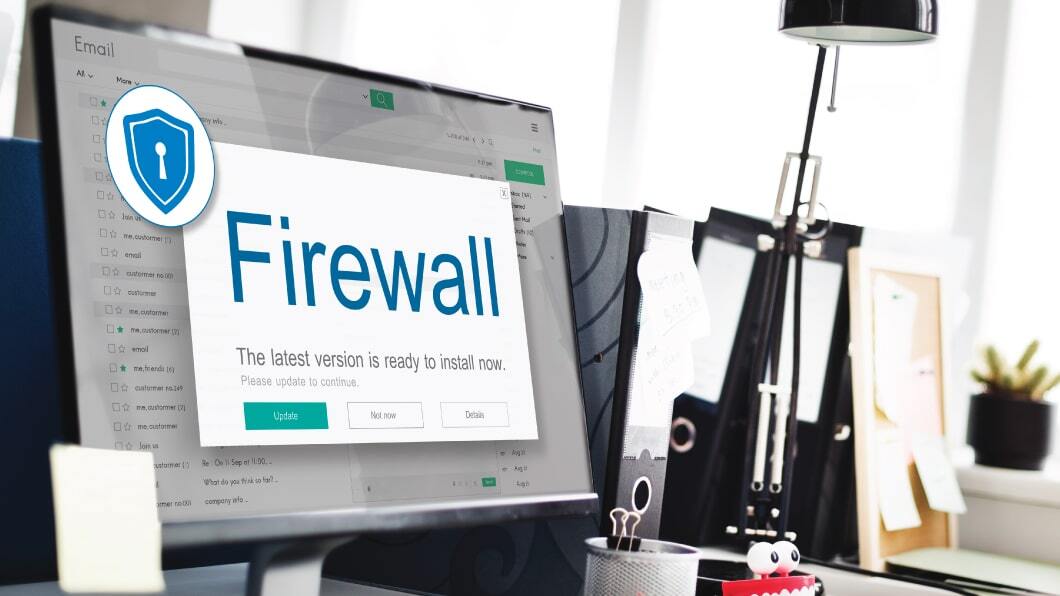
Firewalls act as a barrier between internal networks and the internet, monitoring and controlling incoming and outgoing network traffic. Intrusion Detection Systems (IDS) complement firewalls by actively monitoring network traffic for suspicious activities or unauthorized access attempts. Implementing firewalls and IDS provides an additional layer of defense against malicious attacks.
Data Encryption
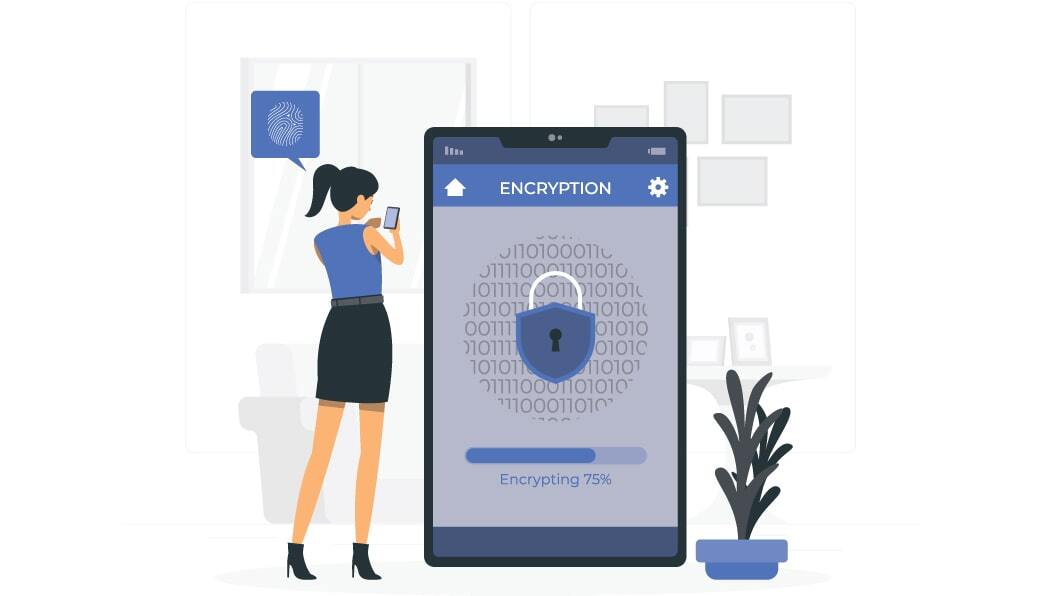
Encrypting sensitive data, both at rest and in transit, is crucial for protecting digital assets. Encryption scrambles data, making it unreadable without the appropriate decryption keys. Utilizing encryption algorithms and protocols, such as Transport Layer Security (TLS) for secure communication and disk encryption for data storage, ensures that even if data is intercepted, it remains secure and inaccessible to unauthorized individuals.
Regular Data Backups
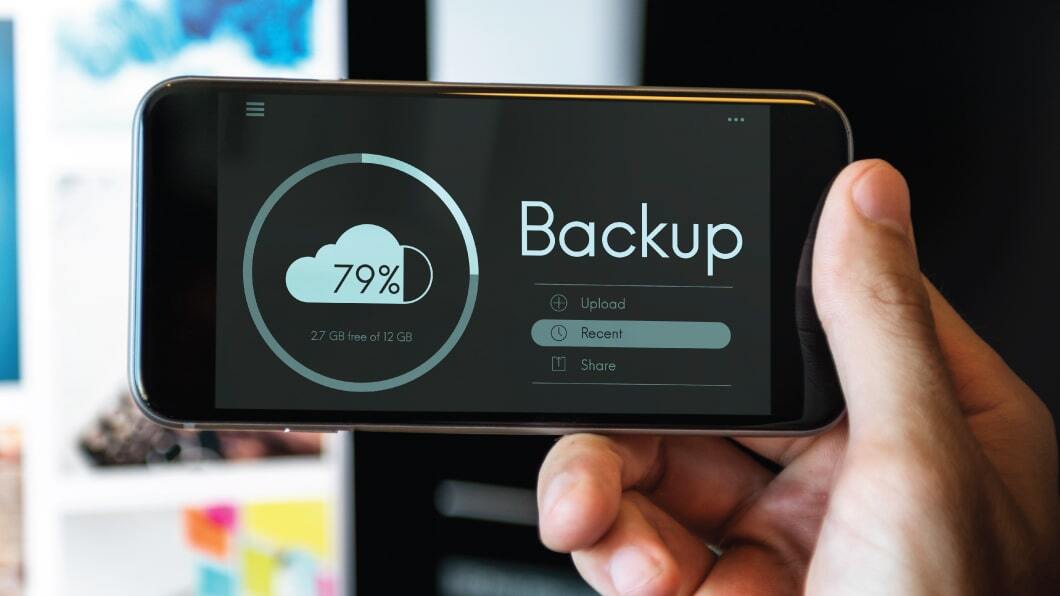
Regularly backing up digital assets is essential to protect against data loss due to cyberattacks, hardware failures, or natural disasters. Backups should be stored securely, preferably in an off-site location or cloud-based backup services. In the event of a breach or data loss, backups allow for the restoration of digital assets and minimize downtime.
Employee Education and Training
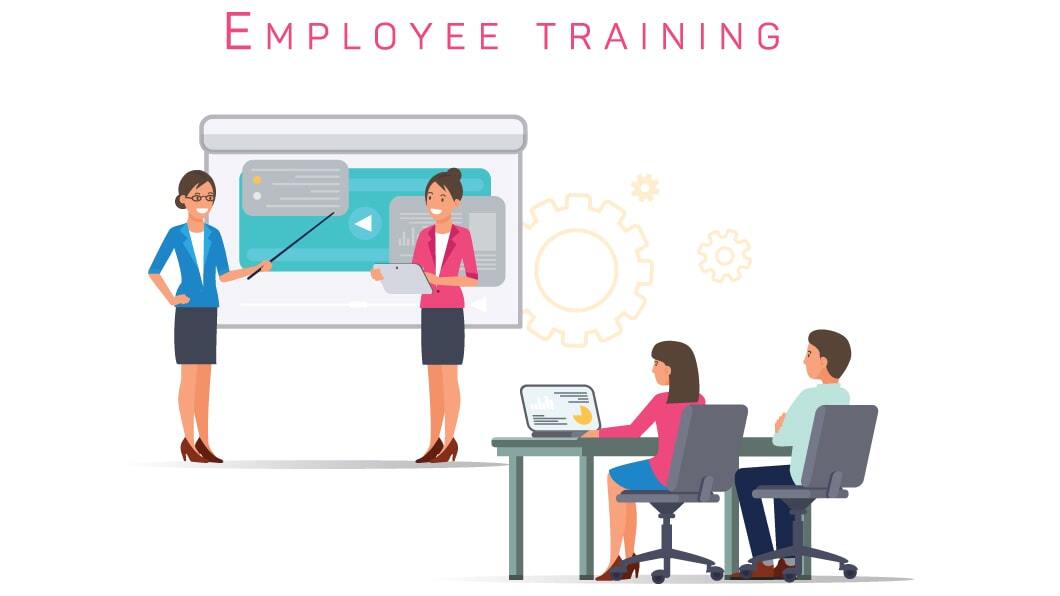
Educating employees about cybersecurity best practices and providing regular training sessions is crucial in building a strong security culture within an organization. Employees should be trained on topics such as identifying phishing emails, using secure passwords, recognizing social engineering tactics, and reporting suspicious activities. A well-informed workforce can act as the first line of defense against cyber threats.
Network Segmentation and Access Control
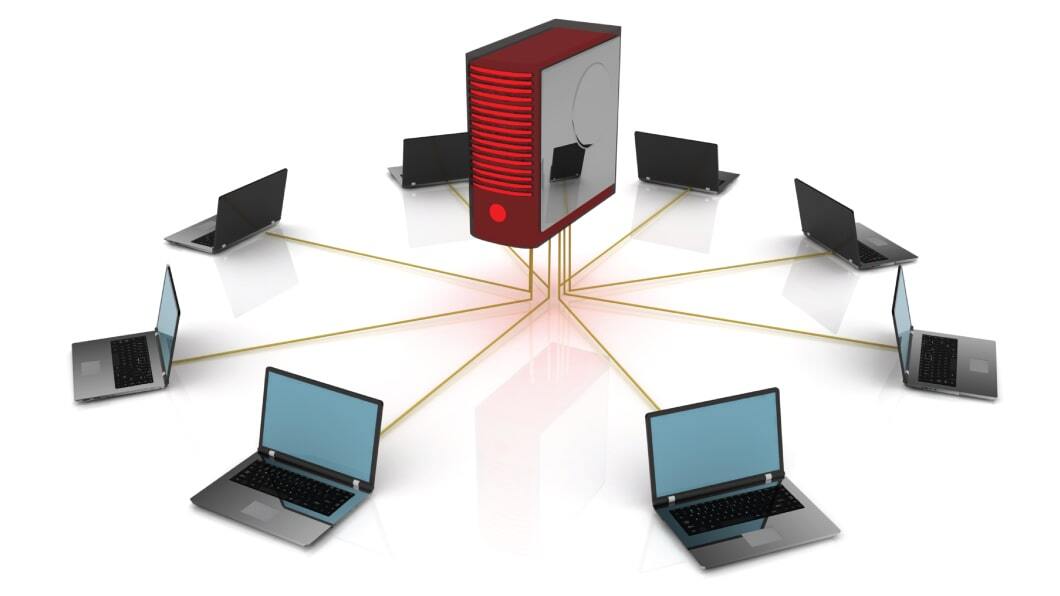
Segmenting networks and implementing access controls help limit the exposure of digital assets. By dividing networks into smaller, isolated segments, potential attackers are restricted in their ability to move laterally within the network. Additionally, access controls ensure that only authorized individuals have the necessary permissions to access specific resources and information.
Continuous Monitoring and Incident Response
Implementing a robust monitoring system enables organizations to detect and respond to cybersecurity incidents promptly. Continuous monitoring involves analyzing network traffic, log files, and system activity for any signs of unusual behavior or security breaches. In combination with an effective incident response plan, organizations can mitigate the impact of cybersecurity incidents and minimize potential damage to digital assets.
Conclusion
Protecting digital assets from cyber threats is an ongoing endeavor that requires a proactive approach and a combination of comprehensive cybersecurity measures. By implementing strong passwords, multi-factor authentication, regular updates, firewalls, encryption, data backups, employee education, network segmentation, and continuous monitoring, individuals and organizations can significantly enhance the security of their digital assets. It is essential to stay vigilant and adapt to the evolving threat landscape by staying informed about the latest cybersecurity trends and best practices.
Remember, cybersecurity is a shared responsibility. Everyone must play their part in maintaining a secure digital environment. By adopting these cybersecurity measures and fostering a culture of security consciousness, individuals and organizations can mitigate risks and protect their valuable digital assets from unauthorized access, data breaches, and other cyber threats.
FAQs (Frequently Asked Questions)
FAQ 1: How often should I update my passwords?
It is recommended to update passwords regularly, ideally every three to six months. Additionally, change passwords immediately if you suspect any compromise or security breach.
FAQ 2: Is it safe to use public Wi-Fi networks for accessing digital assets?
Using public Wi-Fi networks can pose security risks. It is advisable to avoid accessing sensitive information or logging into accounts that contain valuable digital assets while connected to public Wi-Fi. If necessary, use a virtual private network (VPN) to encrypt your connection and enhance security.
FAQ 3: What should I do if I suspect a security breach or unauthorized access to my digital assets?
If you suspect a security breach or unauthorized access, take immediate action. Change passwords for compromised accounts, notify relevant authorities or your organization’s IT department, and consider running antivirus scans on your devices.
FAQ 4: Are there any cybersecurity certifications or training programs available?
Yes, there are various cybersecurity certifications and training programs available for individuals interested in enhancing their knowledge and skills in cybersecurity. Some popular certifications include Certified Information Systems Security Professional (CISSP) and Certified Ethical Hacker (CEH).
FAQ 5: Can cybersecurity measures guarantee 100% protection of digital assets?
While implementing robust cybersecurity measures significantly reduces the risk of cyber threats, it is important to note that no system is entirely immune to attacks. Cybercriminals continually develop new techniques and exploit vulnerabilities. However, by implementing best practices and staying proactive, individuals and organizations can significantly mitigate risks and protect their digital assets.





